Most of the development of Newport and Wormit has occurred during the last two hundred years. Prior to 1800, there were settlements at both Seamills, the earlier name for the area around the pier at Newport, and at Woodhaven. Both these communities centred on their ferry services to Dundee, and on the salmon fishing which was carried out all along the coast.
Early Days
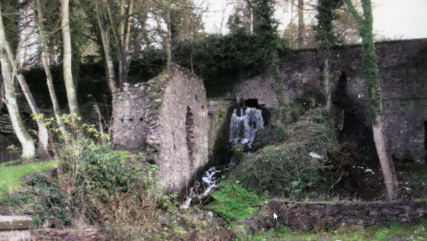 There had been some attempt at development of Seamills in the seventeenth and eighteenth centuries, when the Dundee magistrates had leased the corn mills here. To cope with the increased traffic across the river at that time, the Dundee Guildry built a new pier and inn here and hoped to develop the area commercially, thus opening up a new market for Dundee traders. The venture proved a failure however, but, in addition to the pier and inn, one legacy of the scheme was the change of name, first from Seamills to New Dundee, then to Newport-Dundee and finally to Newport.
There had been some attempt at development of Seamills in the seventeenth and eighteenth centuries, when the Dundee magistrates had leased the corn mills here. To cope with the increased traffic across the river at that time, the Dundee Guildry built a new pier and inn here and hoped to develop the area commercially, thus opening up a new market for Dundee traders. The venture proved a failure however, but, in addition to the pier and inn, one legacy of the scheme was the change of name, first from Seamills to New Dundee, then to Newport-Dundee and finally to Newport.
Newport in 1800
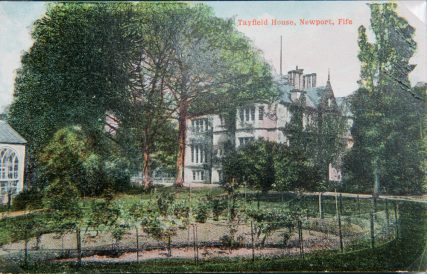 At the beginning of the nineteenth century there were probably only about twenty or thirty cottages scattered around Newport and Woodhaven. Situated on the hill overlooking Newport pier was Tayfield House, newly built in 1788 by John Berry. Most of the population would be boatmen or fishermen, and some were tradesmen. Many would be involved in spinning and weaving, and agriculture and whinstone quarrying would provide some employment.
At the beginning of the nineteenth century there were probably only about twenty or thirty cottages scattered around Newport and Woodhaven. Situated on the hill overlooking Newport pier was Tayfield House, newly built in 1788 by John Berry. Most of the population would be boatmen or fishermen, and some were tradesmen. Many would be involved in spinning and weaving, and agriculture and whinstone quarrying would provide some employment.
Ferry Service Development
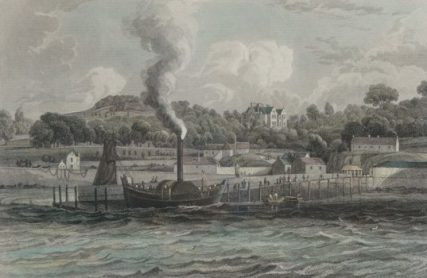 Fierce competition existed between the two rival ferries, with Woodhaven tending to be more popular especially after 1790 when a turnpike road was built to the harbour there. It was the building of the turnpike road to Newport in 1808 and the establishment of the more modern steam ferry service of the 1820’s which firmly established Newport as the most important ferry crossing point on the river for a century and a half. The increase in ferry traffic and connecting coach traffic encouraged building, especially in East Newport, and produced the first stage of development of the village we can see today. Newport began to establish itself as a dormitory suburb of Dundee and as a convenient holiday resort for Dundee businessmen.
Fierce competition existed between the two rival ferries, with Woodhaven tending to be more popular especially after 1790 when a turnpike road was built to the harbour there. It was the building of the turnpike road to Newport in 1808 and the establishment of the more modern steam ferry service of the 1820’s which firmly established Newport as the most important ferry crossing point on the river for a century and a half. The increase in ferry traffic and connecting coach traffic encouraged building, especially in East Newport, and produced the first stage of development of the village we can see today. Newport began to establish itself as a dormitory suburb of Dundee and as a convenient holiday resort for Dundee businessmen.
The Coming of the Railway
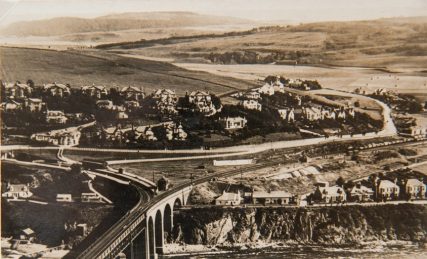 From the middle of the century onwards, when plans for a railway bridge were becoming a reality, the village experienced its second major period of expansion. Extensive building took place, both further along the shore to east and west and uphill too. It was at this time that many of the more elegant villas were built, rising from the river in the terrace pattern familiar today. The building of the bridge, and of the station at Wormit, also encouraged the development of Wormit.
From the middle of the century onwards, when plans for a railway bridge were becoming a reality, the village experienced its second major period of expansion. Extensive building took place, both further along the shore to east and west and uphill too. It was at this time that many of the more elegant villas were built, rising from the river in the terrace pattern familiar today. The building of the bridge, and of the station at Wormit, also encouraged the development of Wormit.
Newport the Burgh
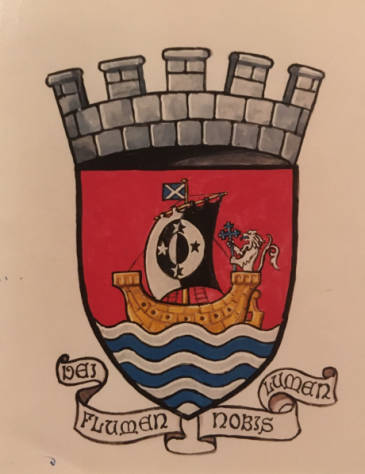 In 1887 Newport acquired the status of a police burgh, and for much of the twentieth century, until local government re-organisation of 1975, the affairs of the village were managed first of all briefly by the police commissioners and then by the elected town council. In 1902 the burgh boundaries were extended to include Woodhaven and Wormit. During its years in operation the Town Council energetically addressed a huge range of issues including problems concerning housing, traffic management, street maintenance and provision of leisure facilities.
In 1887 Newport acquired the status of a police burgh, and for much of the twentieth century, until local government re-organisation of 1975, the affairs of the village were managed first of all briefly by the police commissioners and then by the elected town council. In 1902 the burgh boundaries were extended to include Woodhaven and Wormit. During its years in operation the Town Council energetically addressed a huge range of issues including problems concerning housing, traffic management, street maintenance and provision of leisure facilities.
Approaching the 21st Century
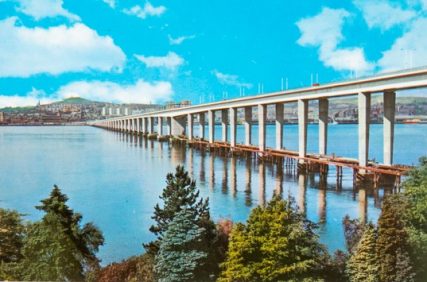 Since the Second World War, one of the more obvious changes in the area has been the extensive, some would say excessive, house-building, both council and private. The separate communities which were once separated by green fields are now joined by continuous housing. Another major change has been the opening of the Tay Road Bridge in August 1966. The new bridge in effect made the ferries, and eventually the railway too, redundant. Newport and Wormit are now more easily accessible to travellers, and are as much convenient places of residence for Dundee business people as they ever were.
Since the Second World War, one of the more obvious changes in the area has been the extensive, some would say excessive, house-building, both council and private. The separate communities which were once separated by green fields are now joined by continuous housing. Another major change has been the opening of the Tay Road Bridge in August 1966. The new bridge in effect made the ferries, and eventually the railway too, redundant. Newport and Wormit are now more easily accessible to travellers, and are as much convenient places of residence for Dundee business people as they ever were.

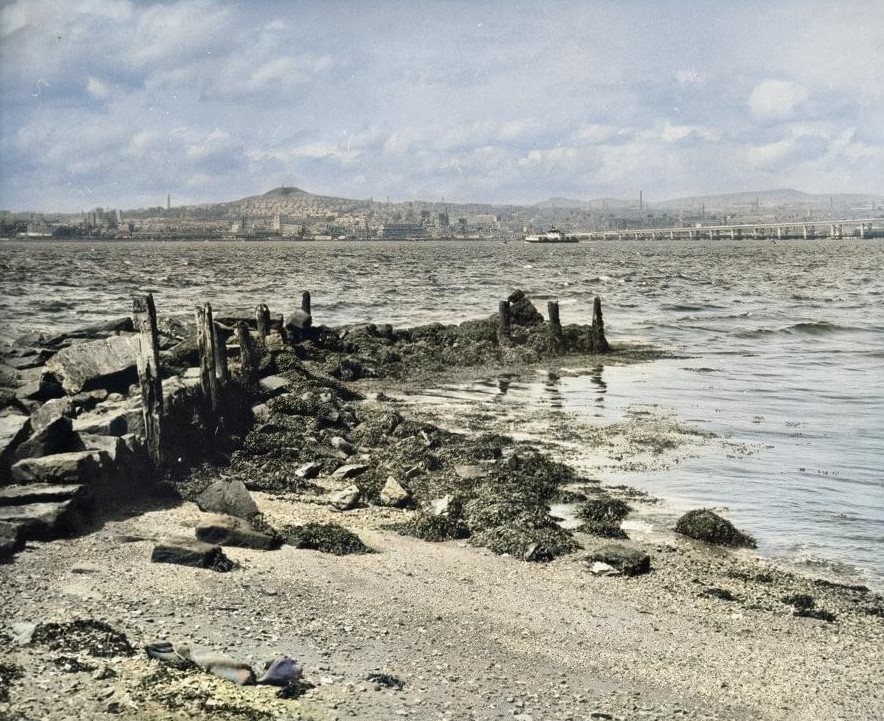




No Comments
Add a comment about this page